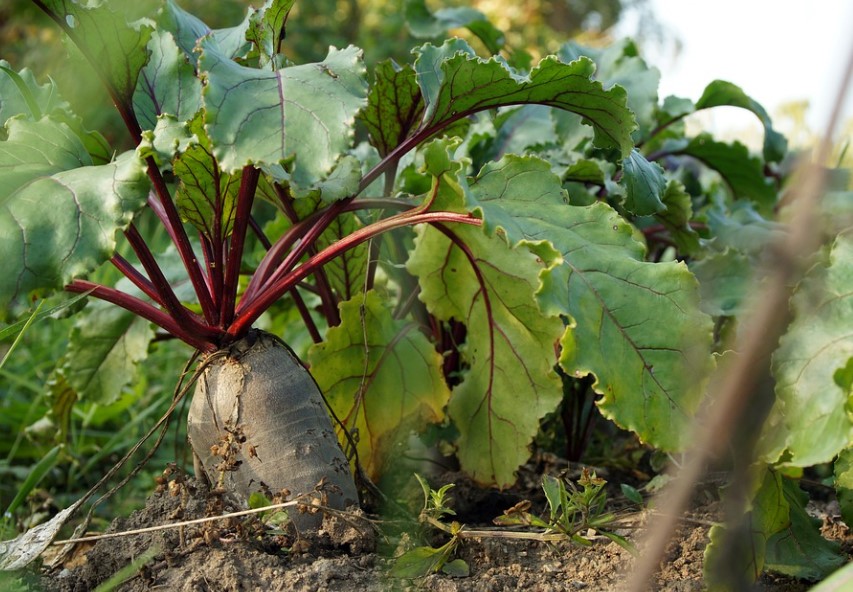Wishing to add a new vegetable to your home garden? Then you may want to consider growing delicious beets. Beets can be eaten raw or cooked and offer a variety of nutritional benefits to those who consume them. This is the reason why today, we’ll be telling about different beet varieties to plant this year.
Beets are a cool-season crop and grow well in the cool temperatures of spring and fall. They are grown for both the roots which usually are pickled and the young tops which are used as greens. They come in many different varieties and have several health benefits.
If you are new to growing beets and have no idea where to start, then you are in the right place. We’ll start with the basics, what kind of beets will you grow, how to plant them, and of course how to care for your beets. Continue reading and learn about different beet varieties.
Beet Varieties FAQ’s
What is the best tasting beet?
Merlin, Red Ace, Kestrel, and Detroit Supreme had high rankings and were the best red beets in terms of cooked appearance and flavor for both roots and greens. Excalibur and Red Titan were notable for beetroot roasted flavor.
What is the most popular beet?
White Detroit: Classic, deep-red beets are the most common type. Their color is the result of a pigment called betalain. While betalain makes red (along with golden) cultivars the healthiest choices of all, it is also responsible for that hearty taste that either excites or repels those who dine on this vegetable.
Which beets are healthiest?
Red Beets & Golden Beets. Despite a difference in color, the two beets are essentially the same when it comes to nutritional value and both add plenty of essential vitamins and minerals to your diet.
What plant family are beets in?
Amaranthaceae. Beet, (Beta vulgaris), also called beetroot, common beet, or garden beet, is one of the four cultivated forms of the plant Beta vulgaris of the amaranth family (Amaranthaceae), grown for its edible leaves and taproot. Beetroots are frequently roasted or boiled and served as a side dish.
What beets grow fast?
Big Red. ‘Big Red’ is a relatively fast-maturing variety of beet to consider. This one is a good late-season producer, perfect for northern gardeners, and is ready for harvest in just 55 days.
Where do beets grow best?
- Beets can be planted in partial shade and grow best in deep, well-drained soils. Beets have deep roots that can reach depths of 36 to 48 inches, so do not plant them where tree roots will compete.
- Before planting, make sure the soil is free of rocks, trash, and large sticks. Mix fine pieces of plant material such as grass, leaves, and small sticks into the soil to enrich it. Spade the soil 8 to 10 inches deep. Be sure all plant material is covered with soil so it will break down quickly.
- Beets do best in sandy soil in the spring and heavier soil in the fall because sandy soil warms faster than heavier clay soil.
- They do not grow well in tight clay. In poorly drained areas, make ridges 4 to 6 inches tall to allow water to drain. The soil should have adequate organic matter to prevent it from crusting because crusty soil causes beetroots to be tough.
- Beets are also sensitive to soils deficient in boron. Have your soil tested or ask your county Extension agent about boron deficiencies in your area.
How to plant beets?
- Using a hoe handle, stick, or similar object, make a furrow ½ inch deep down the center of the ridge. Each beet seed produces 2 to 6 plants.
- Space the seeds 1 to 2 inches apart in the row. Cover seeds lightly with loose soil and sprinkle with water.
- Use seed treated with a fungicide to prevent the young plants from rotting. Plants should be up in 7 to 14 days. In hot weather, cover the seed with sand or light-colored mulch.
- For a continuous supply of beets, make several plantings 3 weeks apart.
How to care for beets?
- scatter 1 cup of a complete fertilizer such as 10-20-10 for every 10 feet of row. If the garden soil has a lot of clay, add compost. Mix the fertilizer 4 inches into the soil with a rake and work into beds. Scatter 1 tablespoon of fertilizer for every 10 feet of the row beside the plants when they are 4 to 6 inches tall.
- Water the plants well weekly if it does not rain. Beetroot systems can reach 36 inches or more if adequate soil moisture is available.
- Keep the beet plants free of weeds that use nutrients and moisture. Scratch the soil next to the plants with a rake or hand tool to prevent crusting.
- Do not work the soil more than 1 inch deep or the root systems may be injured. Begin thinning the beets as soon as they get crowded in the row. Young tops make excellent greens. After thinning, the plants should be 2 to 3 inches apart.
When and how to harvest beets?
- Beets should be ready to harvest 7 to 8 weeks after they are planted.
- Young, tender tops often have a mild quality, but the greens can be used until they get large and strong flavored. Young plants can be cooked with the root and top together, or you can use the root alone when it is the size of a golf ball or larger.
- Pull the plants and cut off the root. If the tops are to be used, wash them and place them in plastic bags in the refrigerator for 1 or 2 days. Roots will keep 1 to 2 weeks in plastic bags in the refrigerator.
- If all the beets are not used, pull them and place in a compost pile or spade them into the soil.
Beet Varieties
- Bull’s Blood: As you might expect, this kind of beet is a bright reddish-purple color. It also has dark purple leaves that taste delicious; these can be harvested as microgreens or eaten when mature, cooked much like you might prepare Swiss chard.
- Avenger: This is a great beet to grow if you want a hybrid beet good for its red roots and its tasty greens. It’s generally ready for harvest in around 60-70 days.
- Chioggia: These beets have concentric white and pink rings, giving the interior of this beet a truly psychedelic appearance. An heirloom cultivar, adds a remarkable appearance to an otherwise bland dinner.
- Big Red: is a relatively fast-maturing variety of beet to consider. This one is a good late-season producer, perfect for northern gardeners, and is ready for harvest in just 55 days.
- Crosby Egyptian: This beet variety is an early maturing one, ready to go in just 55 days. These plants are also some of the most cold-tolerant you can grow, perfect for northern gardeners in search of an early fall crop before the first frost hits.
- Forono: ‘Forono’ beets are cylindrical beets that are easy to slice. They grow up to 8-inches long and mature in just 60 days.
- Cylindra: This beet variety has elongated roots that are smooth and a deep red in color. They taste earthy and mild, and exceptionally sweet.
- Lutz Green Leaf: These beets are about 6-inches in diameter and taste great roasted, pickled, or eaten raw. If you plan on storing these beets, they’ll keep them for several months if you allow them to mature to a full 65 days old.
- Detroit Dark Red: This beet offers gardeners deep, rounded roots with mild, sweet, and tender skins. These beets are perfect for canning, slicing, and roasting – and you don’t have to cook them to enjoy their wonderful flavors, either.
- Merlin: These beets offer a crisp, pure flavor when raw and are tender when cooked, truly offering the best of both worlds.
- Di Chioggia: It has a sweet taste and is known for its striped white and red interior, its mild taste, and its sweet personality.
- Early Wonder: These plants are perfect for people who are just as interested in beet greens as they are in the roots. The tops are known for their rapidly growing nature as well as for their enticing flavor.
- Red Ace: These beets are hybrids, known for their adaptability to a wide variety of soil conditions. These beets also handle cold temperatures with grace.
- Golden: This type of beet is great for kids because they look more like potatoes when cooked than they do beets.
- Sangria: An open-pollinated variety, ‘Sangria’ is ready for harvest about 55 days after you have sown seeds. It’s one of the best beet varieties when it comes to handling the heat or otherwise fluctuating temperatures.
- Red Ball: It’s known for its abundance of leafy greens, which can be harvested early and often for their use in sauces, salads, and stir-fries.
- Ruby Queen: This one grows well in poor soils, so you don’t have to worry about heavily amending the ground before you plant. The roots are round and rich, perfect for canning or eating fresh.
- White Detroit: This one has a sweet, hearty flavor and is ready for harvest in just 55 days. You’ll love noshing on these tasty white tubers.
- Touchstone Gold: These beets are mild and sweet-tasting, regardless of whether you eat them cooked or raw. The tops taste great, too, with roots ready for harvest in a mere 55 days.
- Moulin Rouge: This is a hybrid cultivar with deep magenta roots that you can enjoy both fresh or cooked. With a rich and succulent texture, one- to two-inch globes of gloriousness has a sweet, rich, flavor.
Beet Varieties to Plant
Burpee Chioggia Beet Seeds 200 seeds
This is an Italian heirloom from the town of Chioggia, near Venice, & has been popular since the early 1800S.
It’s beautiful & sweet flavored. Sliced roots look like bull’s-eyes, having concentric rings of white alternating with wine-red. The green leaves are an excellent Spinach substitute.
The most beautiful of all beets and very Sweet flavored. Sliced roots look like bull’s-eyes, with Concentric rings of White alternating with wine-red.
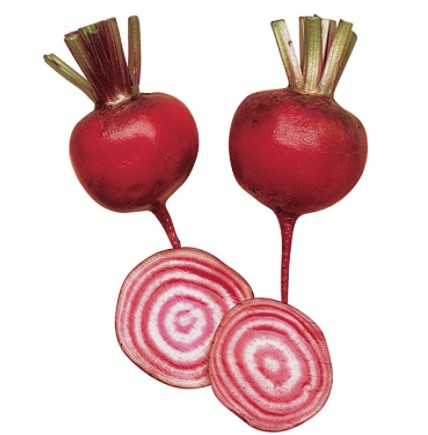
Features:
- Regular Watering
- Heirloom
- Full Sun
Beet Crosby’s Egyptian Great Heirloom
An early Type Beet that keeps its shape long into fall. Tops can reach 16 inches. Crosby Egyptian is a smooth skin beet that is very sweet without any “earthy” taste.
This beet became commercially available in the 1880s after seedsman James Gregory purchased this beet from market gardener Josiah Crosby.
A delicious addition to the garden that is well suited for northern climates.
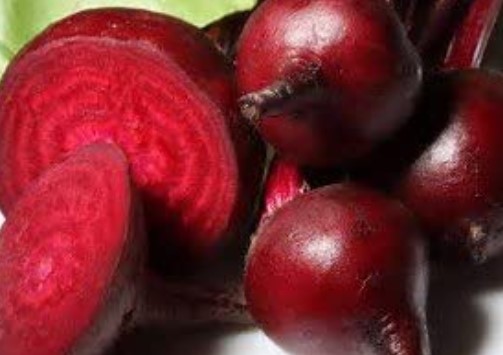
Features:
- Beta Vulgaris
- Heirloom vegetable
- 56 Days
Cylindra Beet Seeds
Cylindra Beet: A unique long and cylindrical beet gives 3 to 4 times more uniform slices than round beets. Sweet, dark red roots are 8″ long, 1 3/4″ across.
Produces much more uniform slices than round beets. This tender and sweet variety are also known as “Butter Slicer” because of its wonderful texture.
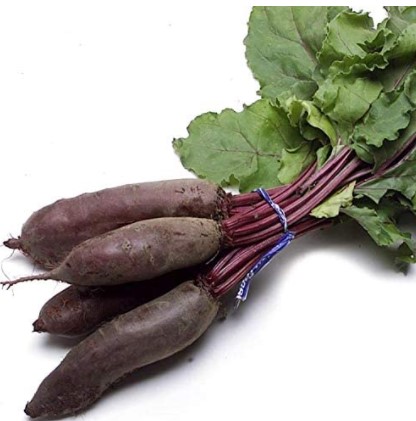
Features:
- GMO-Free
- Heirloom
- Outdoor
Ruby Queen Beet Seeds
Ruby Queen beets do well with light, moist soil, ideally with a PH level of 6.5 to 7. However, these beets have been known to thrive in soils with poorer conditions as well.
Sow the seeds half an inch deep, with three inches between plants and twelve to eighteen inches between rows. These seeds will need plenty of moisture while germinating, so keep the soil moist for the first twenty-one days.
These beets can thrive in conditions with full sun or partial shade. After fifty-two days, the beets should be ready for harvesting.
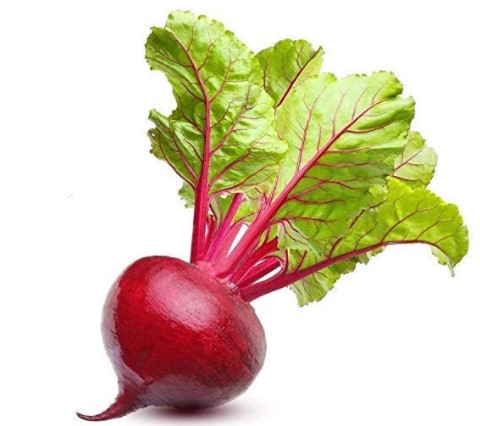
Features:
- Full Sun, Partial Shade
- Non-GMO
White Detroit Beet Seeds
Detroit White beet seeds mature into an 8-10″ tall garden crop with a 6-8″ spread. A fantastic addition to your home garden.
Presoak seeds for two hours before planting to soften the hard seed coat and speed germination. Direct sow in full sun and well-drained soil, placing the seeds 1/2″ deep and 2-4″ apart in rows 1-2′ apart.
Add compost or other matter for healthy growth, and tamp down the earth above the seeds to ensure the seed’s close contact with the soil.
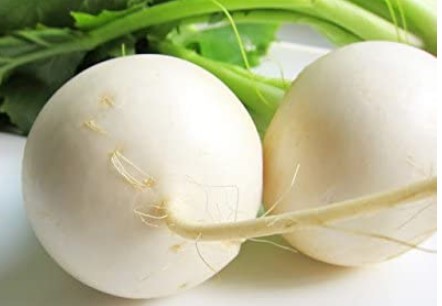
Features:
- Non-GMO
- Outdoor
Burpee Moulin Rouge Hybrid Beet
Here is a beet whose taste you’ll savor. Profound, deep wine-purple-red color.
The flavor captures the full spectrum of beets’ signature dark, sweet essence. Profound, deep wine-purple-red color. Roots best harvested when 1″ diameter.
Sow outdoors in early spring after the average last frost date and harvest in 60 days.
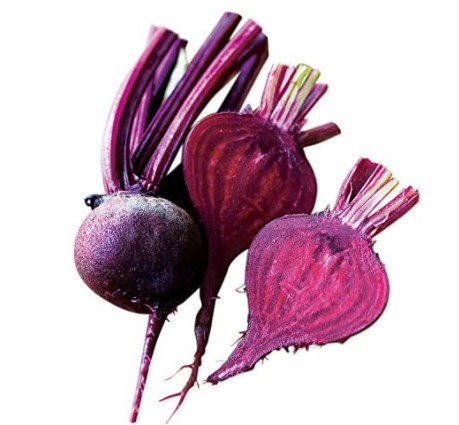
Features:
- Regular Watering
- Spring
- 300 Seeds
David’s Garden Seeds Beet Bull’s Blood
Deep burgundy leaves for salad or microgreens. Heirloom variety produces beautiful dark red leaves even under low-light conditions.
The foliage color intensifies as the plant matures. Striking, both baby and full size. Provides color and interest to salad mixes. Roots show attractive candy-striped zoning when sliced.
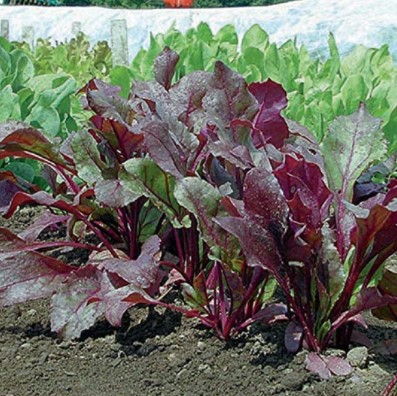
Features:
- GMO-Free
- Outdoor
- Full Sun
Now you know about all Beet Varieties, but what do you know regarding croton varieties?

